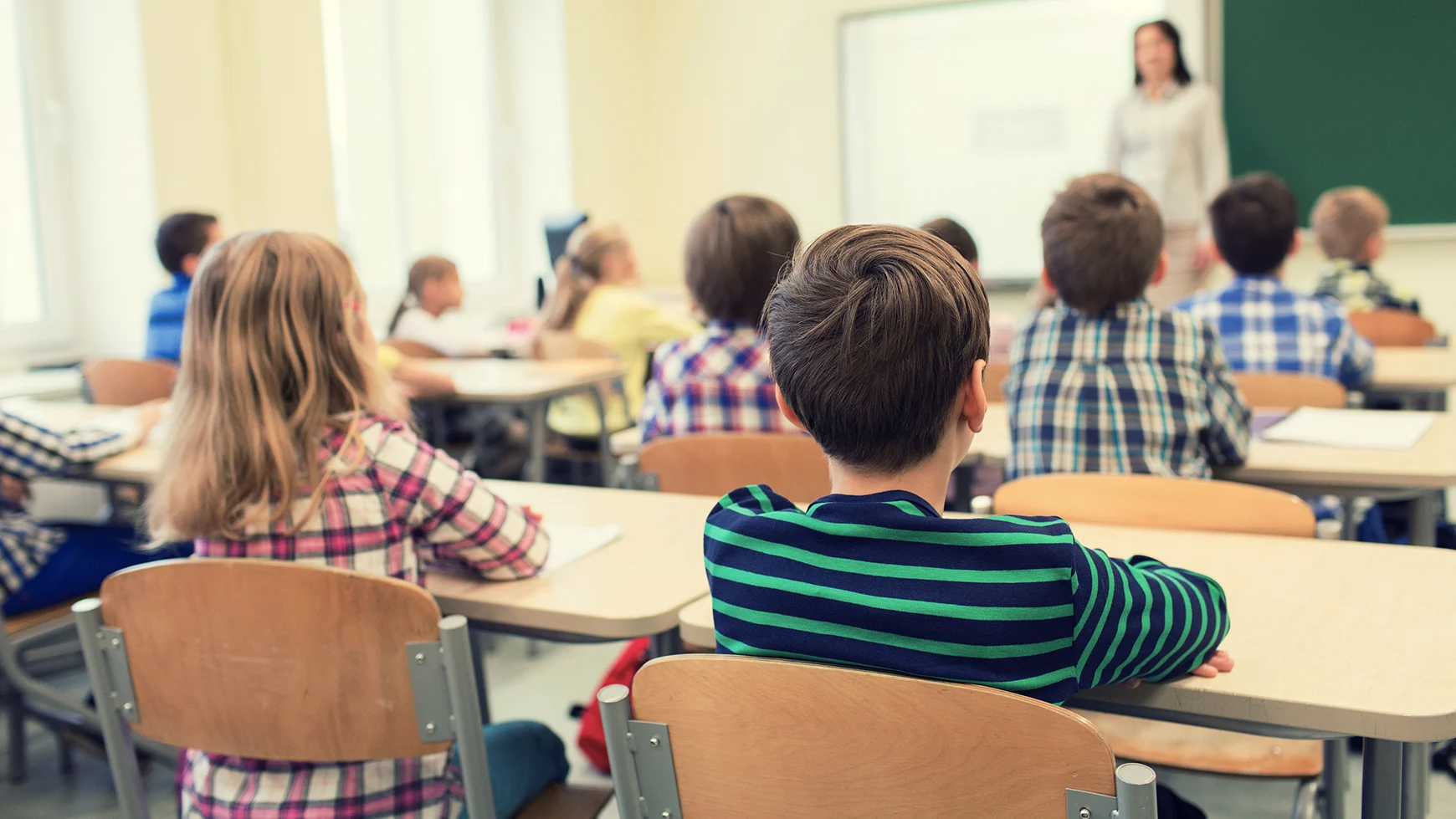The Effect of School Environments on Academic Success and Personal Well-Being
The institution atmosphere substantially influences both academic success and personal well-being, including aspects such as physical design, classroom ambience, and interpersonal dynamics. The layout of academic spaces, consisting of all-natural lighting and ergonomic furnishings, can improve pupils' concentration and convenience. Furthermore, the high quality of teacher-student connections and the nature of peer communications play pivotal duties in cultivating an environment for learning and emotional support. Recognizing just how these various factors interaction to shape pupil results raises vital concerns concerning enhancing instructional setups for all natural advancement. Exactly how can institutions purposefully improve these facets to much better sustain their pupils?
Physical Layout and Style
How does the physical design and design of an institution effect scholastic success? The plan and visual of a college atmosphere can substantially affect pupils' learning outcomes. A well-designed institution format advertises ease of movement, decreases disturbances, and cultivates a sense of safety and belonging. Wide corridors and plainly significant areas help with smooth transitions in between classes, minimizing lateness and interruption. Additionally, tactically put typical areas encourage social interactions, which are vital for psychological and social development.
All-natural lights and reliable ventilation systems are crucial in improving cognitive function and lowering absenteeism. Studies have actually revealed that class with ample all-natural light enhance trainee concentration and decrease feelings of sleepiness. Ergonomic furnishings customized to trainees' needs can prevent physical pain, allowing for extended focus and interaction in scholastic activities.
Accessibility to outdoor spaces and visually pleasing environments likewise play an important function - Save Temecula Schools. Environment-friendly rooms and properly maintained institution grounds give opportunities for physical workout and psychological relaxation, both of which are very important for preserving high levels of academic performance. Essentially, an attentively made physical environment can act as a stimulant for academic excellence, fostering an atmosphere that supports both mentor and learning
Class Ambience
An environment that cultivates a feeling of safety and security, inclusivity, and mutual respect encourages students to engage more actively in their understanding procedures. The ambiance of a classroom, including aspects such as illumination, noise levels, and seating arrangements, can significantly affect student concentration and inspiration.
Furthermore, the classroom ambience must sustain a culture of collaboration and open interaction. They are much more likely to engage deeply with the material and create crucial believing skills when students feel comfortable sharing their ideas and asking inquiries. Peer communications and group activities can improve knowing by providing varied point of views and promoting synergy
Moreover, developing clear assumptions and constant regimens can develop a structured environment that enables pupils to concentrate on their researches. By reducing uncertainty and offering a foreseeable framework, trainees can much better handle their time and duties. Eventually, a favorable class atmosphere not just boosts academic efficiency however also contributes to the general well-being of students, preparing them for future instructional and individual endeavors.
Teacher-Student Relationships
Building on the significance of a positive classroom atmosphere, the relationships in between instructors and students play a critical function in shaping academic success. A healthy teacher-student relationship cultivates a discovering atmosphere where trainees really feel valued, understood, and supported, which significantly enhances their inspiration and engagement. When trainees perceive their instructors as friendly and compassionate, they are more probable to get involved actively in class and seek help when needed, contributing to a much deeper understanding of the subject.

This count on allows students to express their ideas and worries freely, promoting a joint discovering environment. In significance, solid teacher-student relationships are a keystone of academic success, playing a critical role in both scholastic accomplishment and individual growth.
Peer Interactions
Peer interactions substantially affect academic success by shaping a trainee's social and cognitive development. Favorable peer interactions can boost a trainee's inspiration and engagement in academic tasks via joint discovering and common assistance.

Effective peer interactions also contribute to the advancement of vital life abilities, such as interaction, conflict, and participation resolution. These social expertises are important for both scholastic success and individual wellness, underscoring the relevance of cultivating positive peer characteristics within the college atmosphere.
After-school Activities
Involving in extracurricular activities plays an essential function in a trainee's scholastic success and personal advancement. Research regularly indicates that students that take part in extracurricular tasks have a tendency to accomplish higher scholastic performance.
In addition, extracurricular involvement fosters a feeling of belonging and area, which is necessary for personal health. Getting involved in team tasks enables students to build and reinforce socials media, improving their social and emotional intelligence. These interactions are critical for creating social skills that are valuable in both academic and future specialist atmospheres.
Furthermore, extracurricular tasks provide a positive outlet for students to explore their interests and enthusiasms beyond the common curriculum. This expedition can lead to the exploration of new talents and prospective profession paths, additionally motivating trainees to engage more deeply in their academic work. Finally, the duty of after-school activities extends beyond mere leisure; they are integral to promoting an alternative academic experience that promotes both scholastic success and personal growth.
Final Thought
Attentively made physical formats and class, along with positive teacher-student connections and constructive peer communications, considerably enhance trainee inspiration and involvement. These elements collectively highlight the importance of developing and preserving optimum institution environments for the benefit of students' why not check here individual and scholastic growth.
Eventually, a positive classroom ambience not just boosts scholastic performance however likewise contributes to the overall wellness of pupils, preparing them for future read this post here instructional and personal undertakings.
